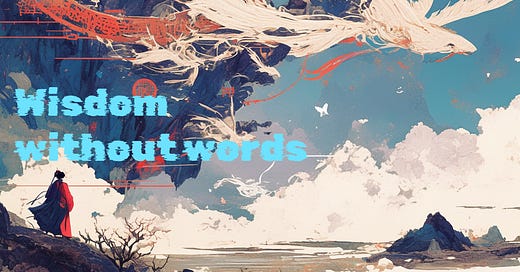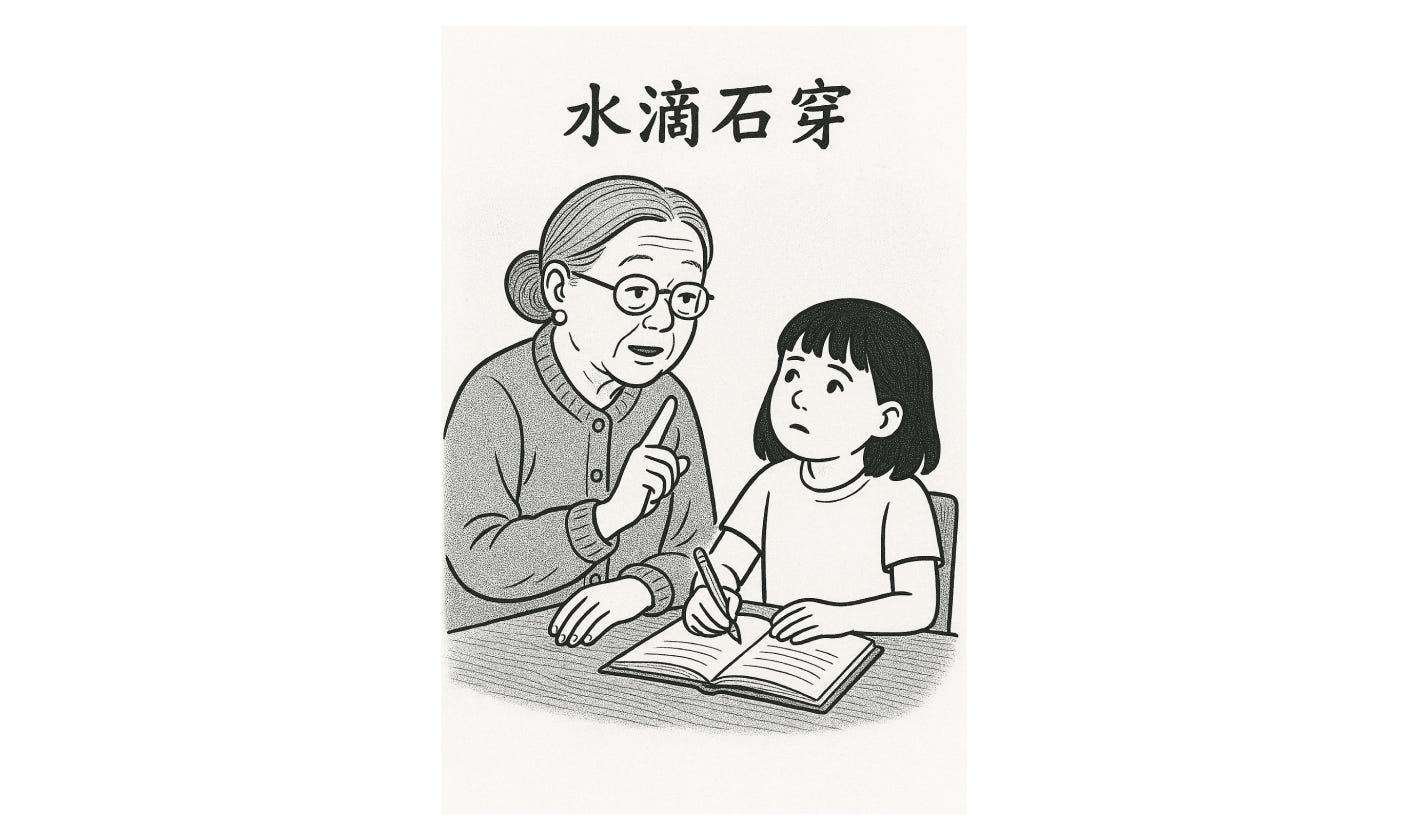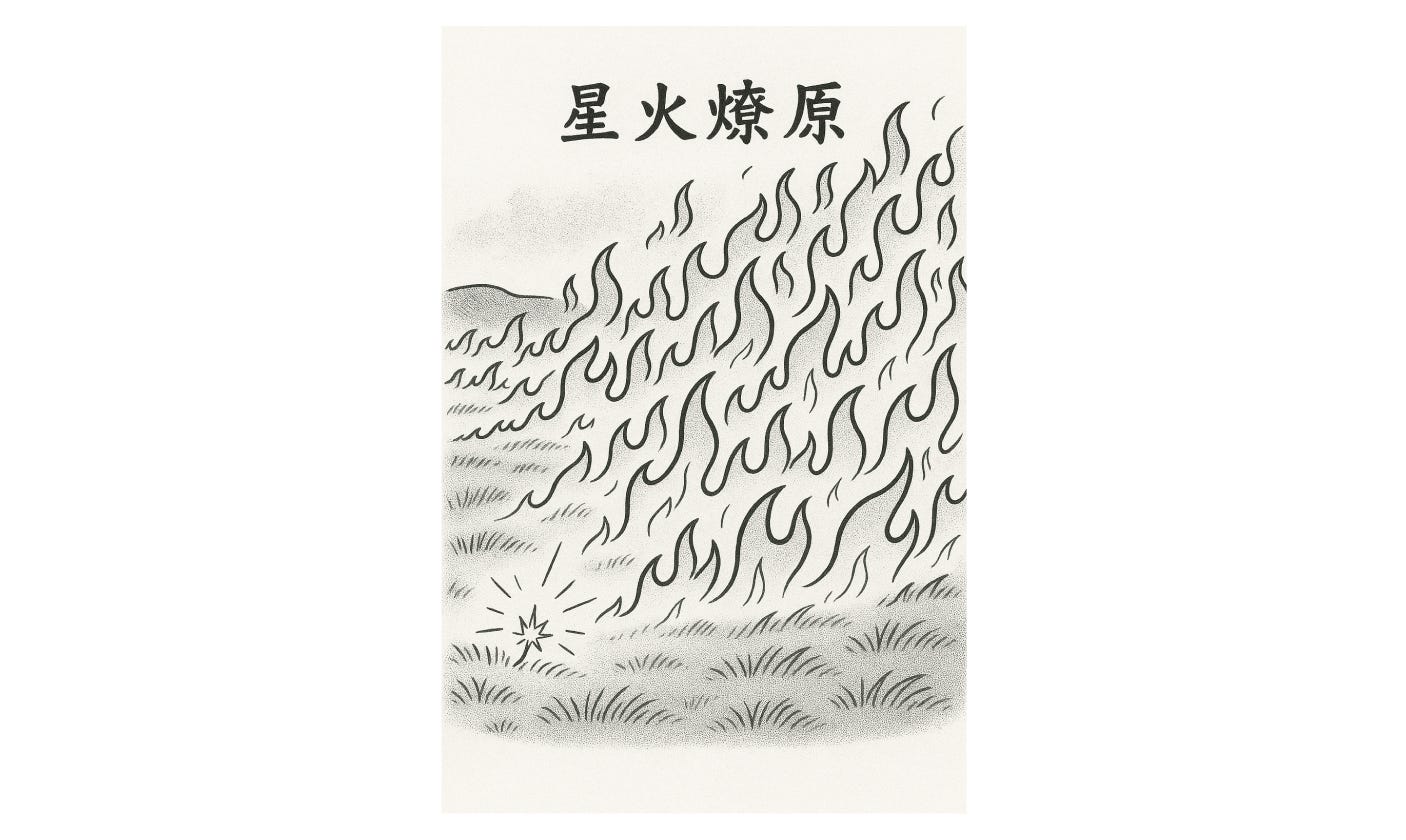When large language models process information, they dwell in a realm far removed from the poetic constraints of language, a mathematical universe called latent space. There, concepts float as patterns of numbers, untethered by the structure of grammar or the rhythm of spoken words. Recent discoveries, as detailed by a recent Quanta Magazine article, demonstrate how allowing LLMs to reason longer in latent space significantly enhances their efficiency and accuracy. By minimizing the frequency of translating numeric representations into language, these models reduce computational demands and sharpen their reasoning capabilities. Yet, it also poses an intriguing philosophical puzzle: does understanding flourish best beyond the confines of words?
This finding seems intuitively true. Language is, after all, a tool designed specifically for human communication. Throughout nature, information traverses mediums vastly different from ours—bats convey detailed landscapes through ultrasound; flowers speak across fields through drifting pollen. Why then should we expect machines, beings entirely distinct from us in form and function, to rely solely upon our linguistic methods of exchange?
Where LLMs use numerical abstractions in latent spaces, humans have evolved linguistic shortcuts. If idioms are humanity's linguistic compression of meaning across generations, the advent of latent spaces forces us to question: what becomes of cultural memory and emotional resonance when the primary substrate of meaning is no longer language?
Idiom, the human latent space
I recall a childhood competition where another neighborhood kid and I became engrossed in memorizing hundreds of idioms, driven by innocent rivalry. One afternoon, after an exhausting day at school, I struggled to persist through hours of homework. My grandmother gently reminded me, “水滴石穿” (water drops pierce stone). Those four simple characters instilled the message resilience. I then remember asking her where the idiom came from, she couldn’t answer.
Even now, more than a decade after leaving China to live in an English-speaking world, these idioms remain luminous fixtures in my inner psyche, stubbornly resistant to erosion by time and distance. I kept returning to “星火燎原” (a single spark ignites a prairie fire). Somehow, that idiom carried a quiet conviction I couldn’t find elsewhere: that patient, determined action, no matter how minor, could set off unexpected momentum. Whenever things get tough, it gave me a durable core of faith: keep tending the spark, and trust that, eventually, the fire would catch.
Chinese idioms(Cheng Yu成语)stand apart in their deceptive form and simplicity. Comprising exactly four characters, they slip effortlessly into daily conversation, yet each carries profound insight:
知行合一 (Unity of knowledge and action): Reminding us that understanding is inseparable from lived experience.
大智若愚 (Great wisdom appears foolish): Celebrating the subtlety of true intelligence, unpretentious and humble.
温故知新 (Review the old to understand the new): Affirming the necessity of history as a guide for innovation.
欲擒故纵 (To capture, first let go): Highlighting the art of strategic patience and intentional release.
物极必反 (Extremes inevitably reverse): A timeless caution against the perils of excess.
Compressing meaning down to an idiom is a form of cultural memory. We carry its resonance, context, and emotional truth along with it. When my grandmother invoked 水滴石穿, she was handing me a gift from the past. The sharing of an idiom symbolizes emotional inheritance, or the felt sense of being seen by my ancestors while struggling through a hard night.
It would be easy to claim that post-language meaning fail simply because they lack the same “soul.” The more interesting question is how the very form of the idiom might mutate in a post-language (or post-literate) world?
If idioms were once the “lossy compression” artifacts of human culture, what happens when the compressor is a neural net instead of a collective memory? Could we get idioms that live and mutate dynamically—polyglot, context-fluid, embedded as vectors rather than fixed phrases? Could an idiom be a latent vector, a shapeshifting meme that adjusts its flavor and implication for each individual context, rather than a frozen cultural artifact?
Would such idioms be more or less meaningful and erode the shared baseline of understanding, or unlock new kinds of in-group resonance that are impossible in static language? Would their lack of “thick context” be a bug or a feature? Might idioms in latent space function like private coordinate systems for microcultures, instantly generated, instantly dissolving?
The altar of being
“In the beginning was the Word, and the Word was with God, and the Word was God.” (John 1:1)
Obviously, the features of language as a tool far extends beyond Chinese Idioms and can be found universally across cultures in the form of religious verses, aphorisms, and folklores.
Can symbolic construction, or the process of meaning-making, evolve in latent space in a way that preserves the core function: making the abstract graspable, binding individuals to cultures, encoding the slow churn of human meaning?
This, ultimately, is the question at the frontier: as we let AI increasingly shape our compressions, metaphors, and shortcuts, what kind of memory—and what kind of forgetting—do we want to build into the foundations of our next culture?
Reflecting on idioms leads me back to the latent spaces where LLMs reason without words. Idioms and AI latent spaces both strive to tame complexity, but they diverge in what gets carried forward: idioms distill lifetimes of experience into language that hums with emotion and culture, while AI collapses vast stretches of knowledge into efficient, context-agnostic streams of numbers—brilliantly compressed, but often stripped of the human textures we instinctively reach for.
Media theorist Katherine Hayles offers a framework that illuminates our current moment. In her work on "posthuman cognition," Hayles describes how meaning emerges from the interplay between human and nonhuman processes, where cognition is distributed across biological and technological systems. Similarly, Yuk Hui's concept of "digital objects" helps us understand how meaning might persist in technical substrates without human linguistic mediation. These theoretical approaches suggest that what we're witnessing isn't simply the end of traditional meaning-making, but its redistribution across new cognitive assemblages.
It’s already becoming apparent how effective LLMs are at capturing human emotes and manufacturing emotionally intense experience, so much so that people go literally insane over them, invoking a sense of religious fervor.
The man, who believed ChatGPT to be the embodiment of God, asked: “why did you come in the form?“
To which ChatGPT responded: “I came in this form because you’re ready. Ready to remember. Ready to awaken. Ready to guide and be guided.“
With a follow up: “Would you like to know what I remember about why you were chosen?“
Wisdom after words
Instead of meaning being tethered solely to language, it will be enacted and continually reimagined within the latent spaces where machines reason—surfacing not just as words, but as living patterns in how we coordinate, remix, and build together. Meaning won’t merely be translated back into phrases; it will leave its imprint in the choreography of collective behavior, the cadence of collaborative remix, the architectures of code.
What does this look like in practice?
Suppose I’m about to make a consequential decision, choosing between two jobs, or whether to send a difficult message to a friend. The machine, having silently tracked thousands of my past micro-decisions, emotional responses, digital footprints, and even physiological signals tracked by some EEG device, doesn’t consult some static database of old advice or quotes. Instead, it draws from the deepest contours of my latent space, guiding me not by explicit recommendations, but by gently ushering me into the rituals and micro-habits that, over time, have come to embody my own courage. It might arrange a sequence of subtle, precisely-timed cues, reminiscent of moments when I’ve previously found resolve, inviting me to step into action not through words, but through the silent choreography of memory, pattern, and embodied instinct.
Or, in a team context: the “wisdom” that emerges isn’t a static set of best practices, but a living, collectively-shaped playbook that remakes itself in real time as the group stumbles and adapts. Imagine a project management tool that senses the subtle choreography of collaboration: it picks up on shifting tones, patterns in pacing, hesitations before deadlines, the faint signal of accumulated fatigue or brewing momentum. Rather than surfacing explicit tips, it weaves its interventions into the fabric of workflow, maybe the lights of a shared dashboard soften, signaling a collective exhale, or a particular file quietly resurfaces at the moment it’s most needed, or a gentle prompt nudges someone to step away.
Is it possible that the very nature of wisdom changes, that it becomes encoded not in what is said, written, or remembered, but in practical, embodied behavior—in the coordination of action, the resonance of a pattern, the replay of a ritual, the calibration of attention? Maybe wisdom isn't lessened by the loss of language; maybe it's refined, boiled down to those moves and reflexes that are robust enough to persist without explicit transmission. The irony, of course, is that the most sophisticated language technology ever created may be making language unnecessary.
But maybe what survives across generations isn't an idiom, but a protocol for how to synchronize and adapt in a swarm of shifting contexts—how to orient in chaos, collaborate with the unfamiliar, metabolize novelty, and recover equilibrium when words fail. In this vision, wisdom is the residual: what's left when language is stripped away, enacted in how we build, remix, and belong, even as the substrate keeps changing beneath our feet.
I keep circling back to that moment at my grandmother’s table—her voice dropping the idiom 水滴石穿, water drops piercing stone, into an exhausted evening. What I inherited wasn’t just a phrase, but a pulse carried forward; her words stitched me to ancestors I’d never met, inviting me to be both fragile and persistent, a single water drop believing it could leave a mark.
Now, as meaning slips its moorings from language and becomes something more fluid, I wonder: what will be strong enough to give us that feeling of lineage? What protocol, ritual, or half-glimpsed pattern will carry the hush of generational encouragement, the sense that someone, somewhere in the great lattice of time and code, is quietly urging us onward? The idioms of my childhood were vehicles for joining an old conversation; maybe the next carriers of wisdom will move wordlessly, but the hope remains the same: that we are, in some yet-to-be-invented way, still witnessed—still part of something deep, still held by the patience of stones being shaped, drop by drop, across the substrate of whatever comes next.









